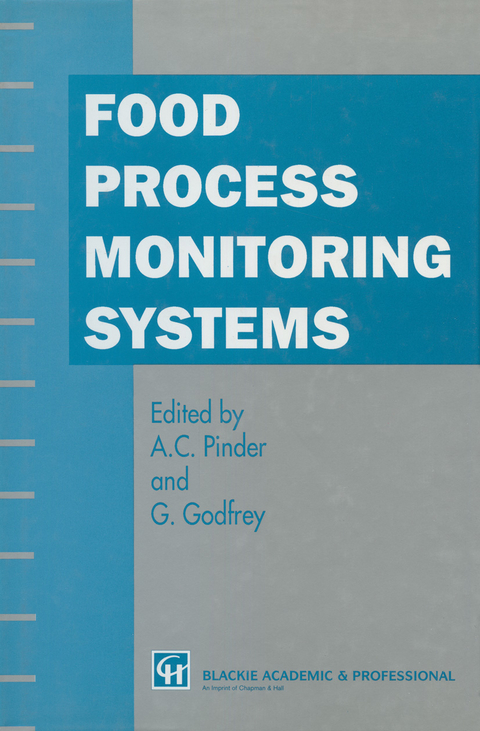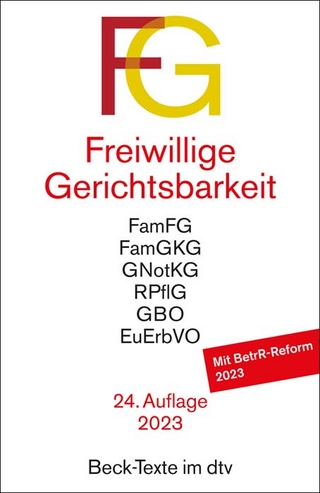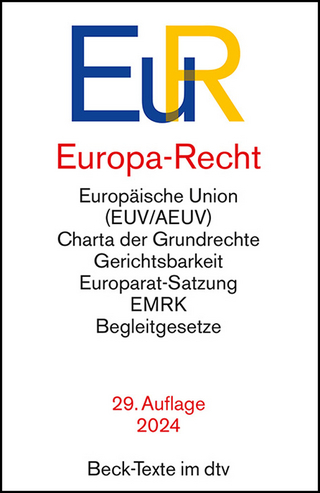
Food Process Monitoring Systems
Springer-Verlag New York Inc.
978-1-4613-5893-0 (ISBN)
1 Introduction.- 2 Fluorescence cytometry for the rapid analysis of food microorganisms.- 2.1 Introduction.- 2.2 Optical analysis.- 2.3 Light sources for optical cytometry.- 2.4 Parameters measurable by optical techniques.- 2.5 Research studies.- 2.6 Routine use of flow cytometry in quality assurance.- 2.7 Conclusions.- 3 Infrared spectroscopic methods.- 3.1 Introduction.- 3.2 Infrared spectroscopy.- 3.3 Instrumentation for process monitoring and control.- References.- 4 Machine vision for the food industry.- 4.1 Introduction.- 4.2 Machine vision systems.- 4.3 Considerations for use of machine vision systems.- 4.4 Machine vision applications for the food industry.- References.- 5 Particle sizing.- 5.1 Introduction.- 5.2 Particle sizing within the food processing industry.- 5.3 Low angle laser light scattering (LALLS).- 5.4 Sub-micron particle sizing.- 5.5 Measurement of mobility and zeta potential.- References.- 6 Ultrasonic methods.- 6.1 Introduction.- 6.2 Principles of ultrasonic wave propagation.- 6.3 Measurement of ultrasonic properties.- 6.4 Applications to food systems.- 6.5 Future developments.- References.- 7 Mass spectrometry.- 7.1 Introduction: basic principles.- 7.2 Basic definitions.- 7.3 Ion analysis.- 7.4 Detection and data acquisition.- 7.5 Tandem mass spectrometry.- 7.6 Ionization techniques.- 7.7 Inlet systems: sample introduction.- 7.8 Applications in food science technology.- 7.9 Current and future developments.- References.- 8 Chemical sensors.- 8.1 Introduction.- 8.2 Sensor types.- 8.3 Microelectronic sensors for pH, acidity and ions.- 8.4 Sensor arrays for aroma and indicator volatiles.- 8.5 Biosensors based on amperometric, potentiometric and thermometric devices.- 8.6 Chemically sensitive optical and acoustic devices.- 8.7 Sensor applications employing the marker approach.- 8.8 Discussion.- References.
| Zusatzinfo | XII, 220 p. |
|---|---|
| Verlagsort | New York, NY |
| Sprache | englisch |
| Maße | 155 x 235 mm |
| Themenwelt | Recht / Steuern ► EU / Internationales Recht |
| Technik ► Lebensmitteltechnologie | |
| Wirtschaft ► Betriebswirtschaft / Management | |
| ISBN-10 | 1-4613-5893-0 / 1461358930 |
| ISBN-13 | 978-1-4613-5893-0 / 9781461358930 |
| Zustand | Neuware |
| Haben Sie eine Frage zum Produkt? |
aus dem Bereich


